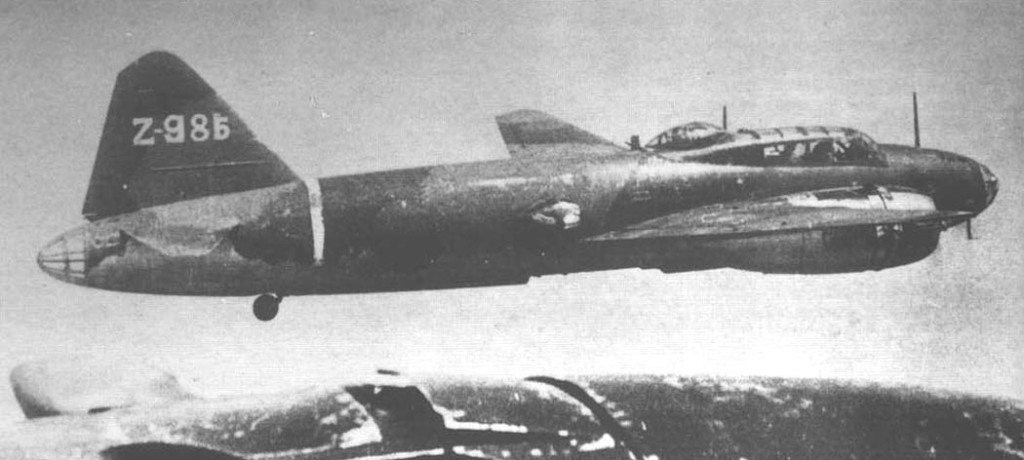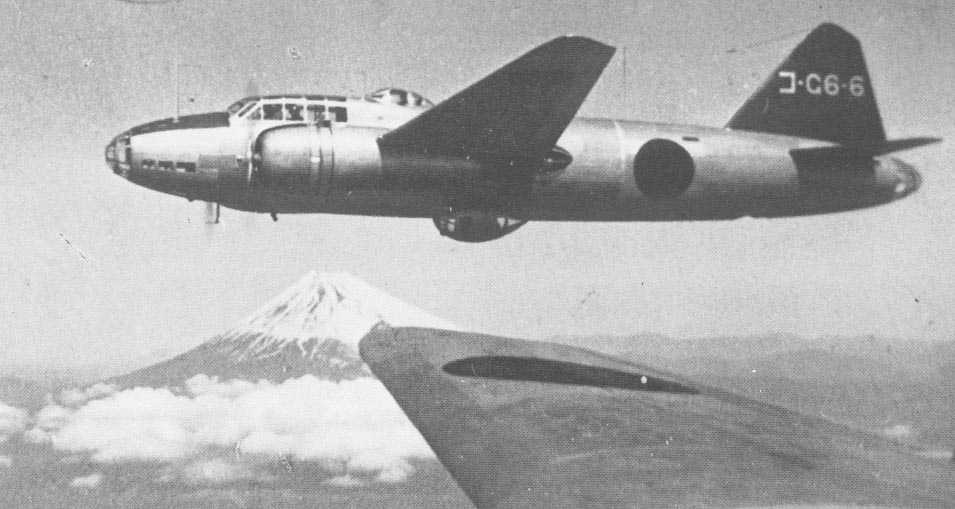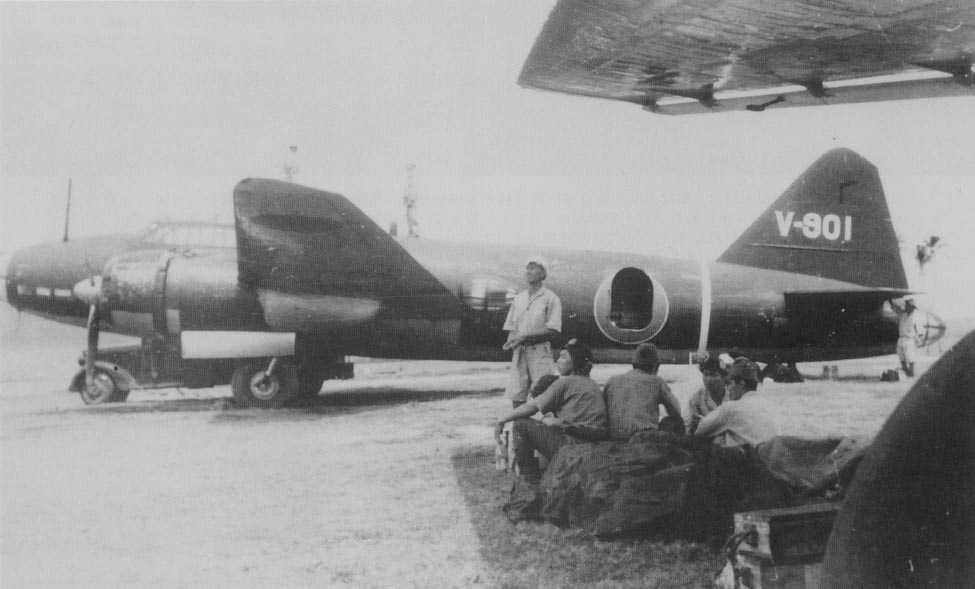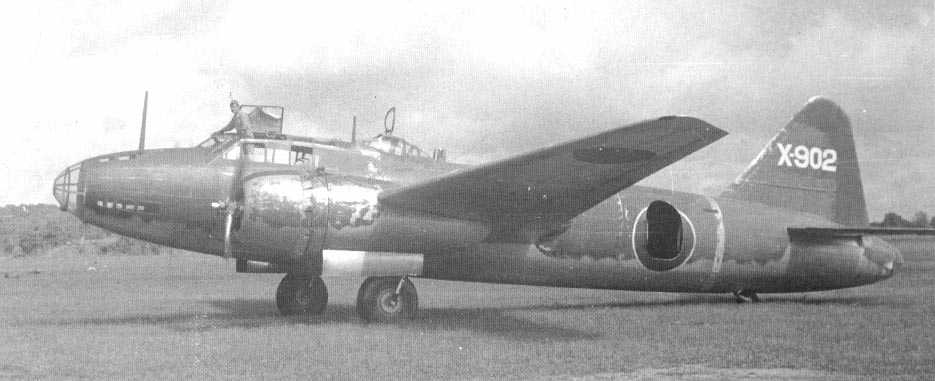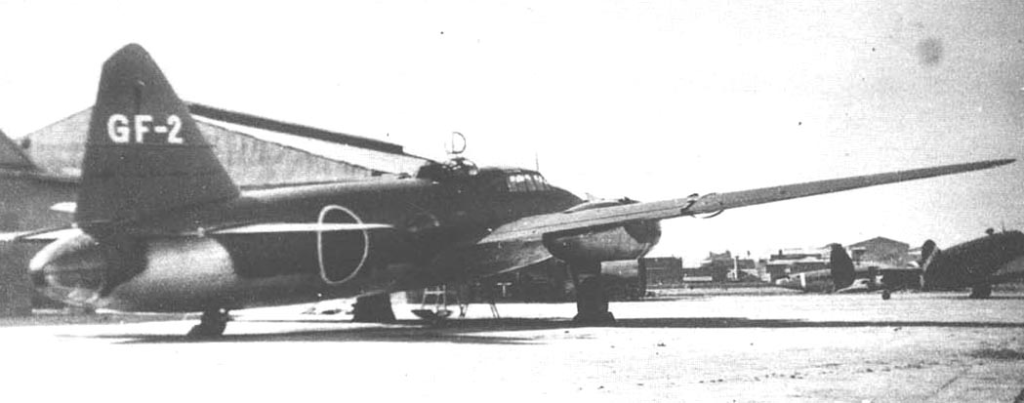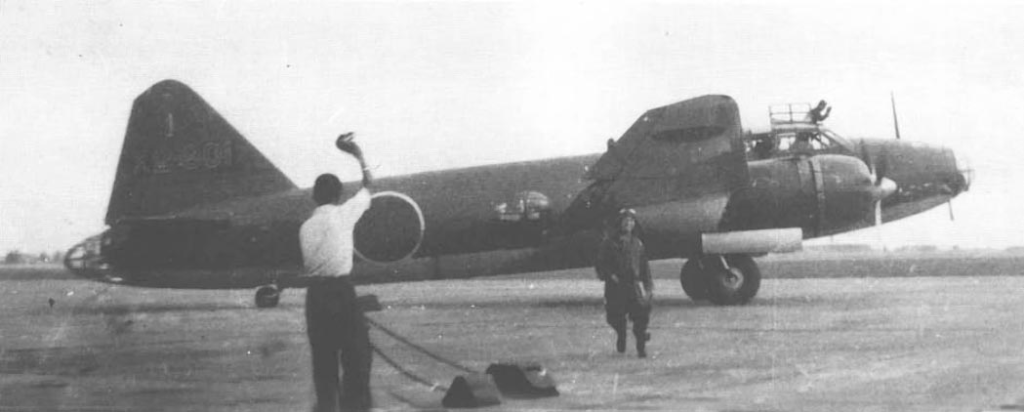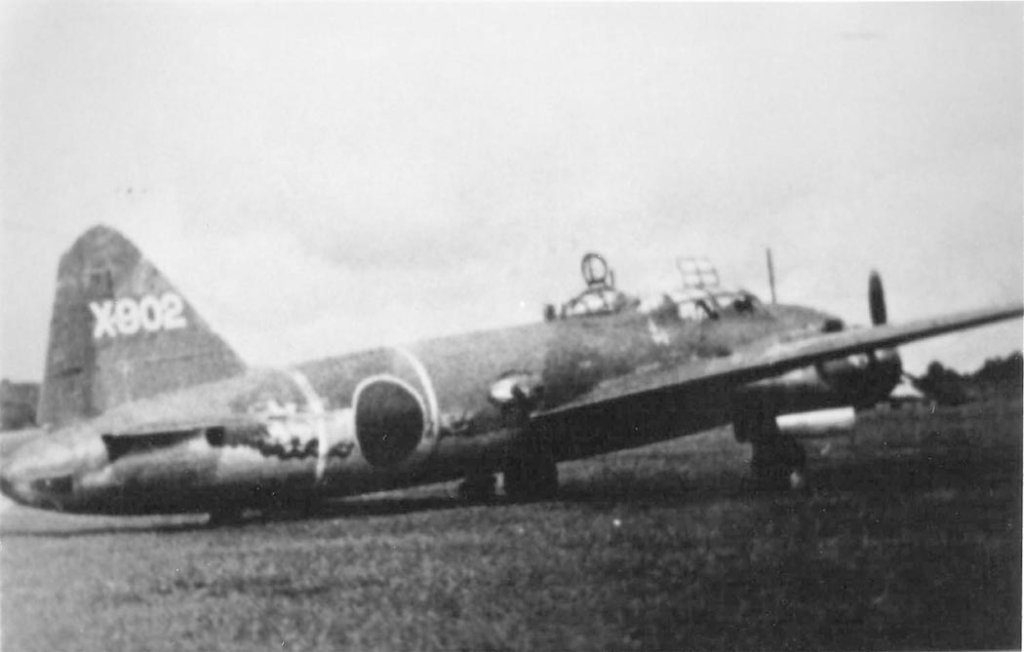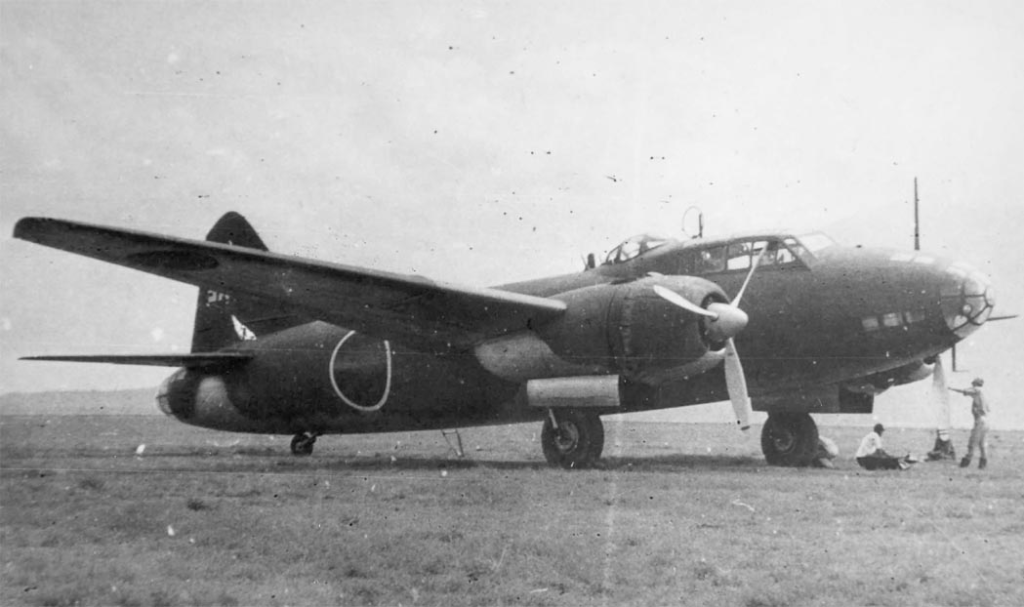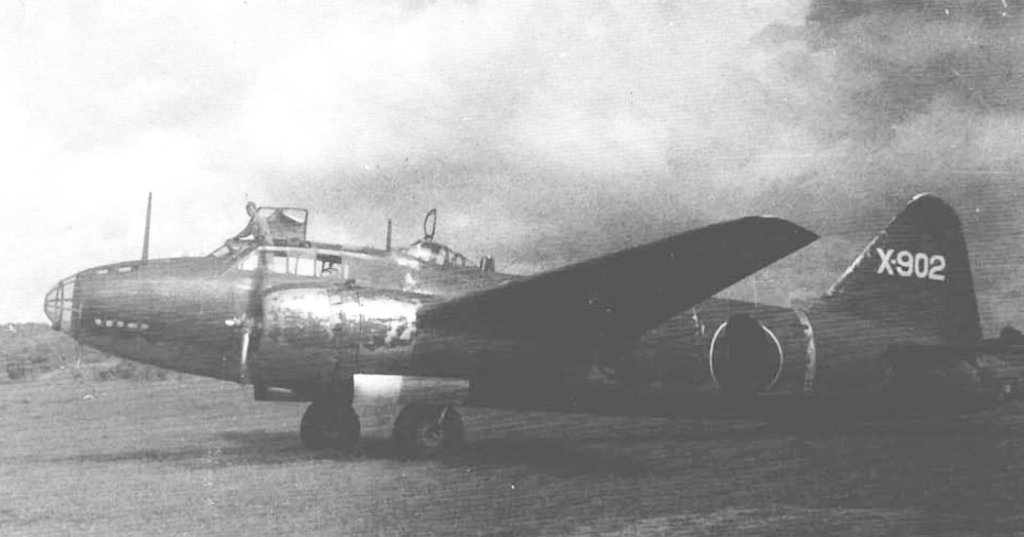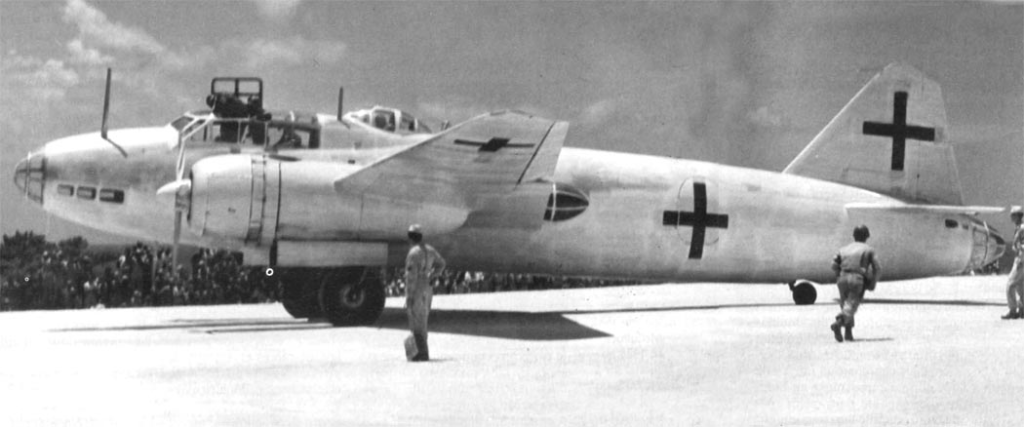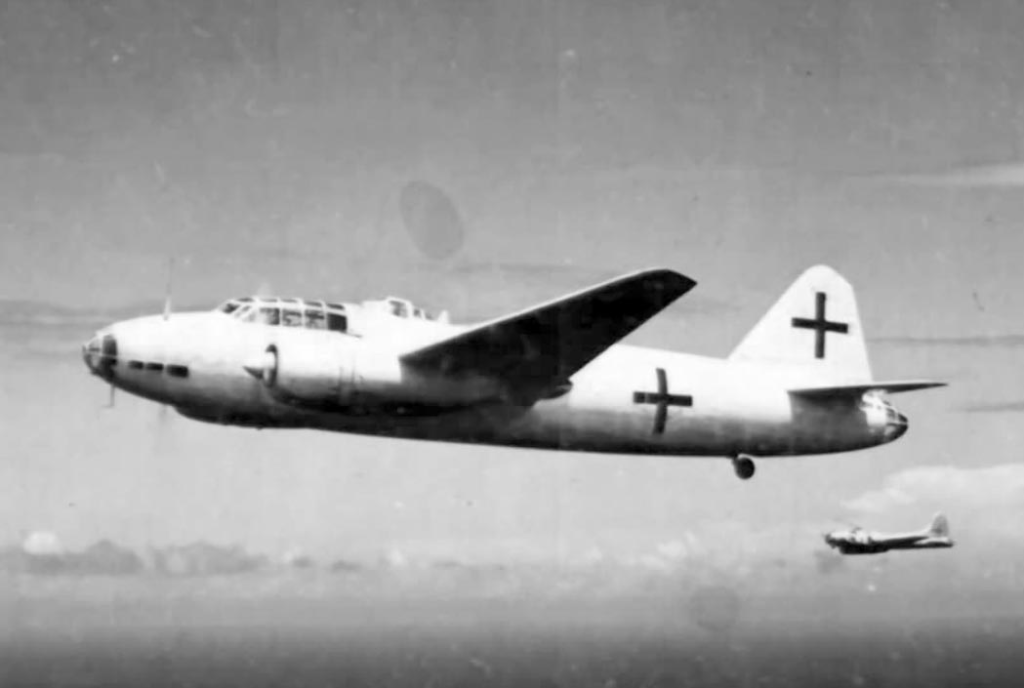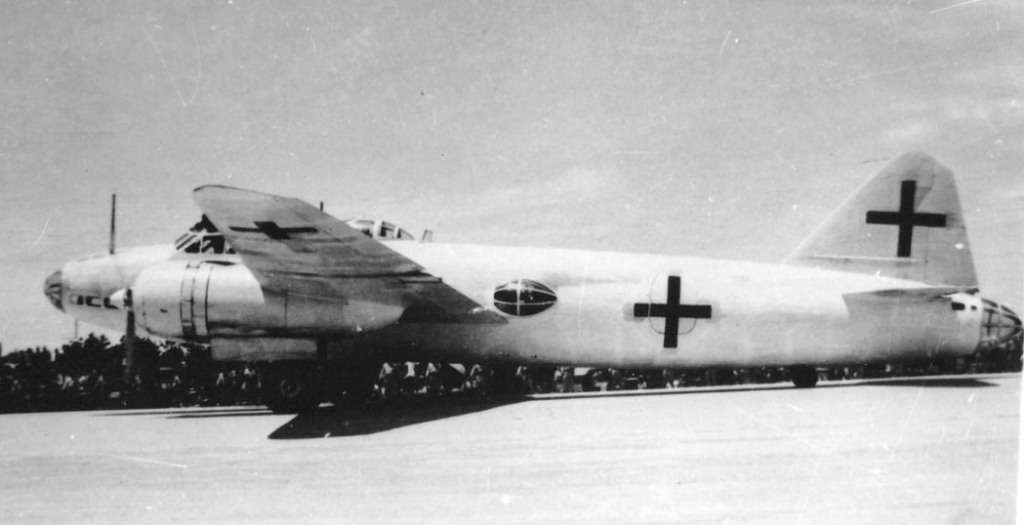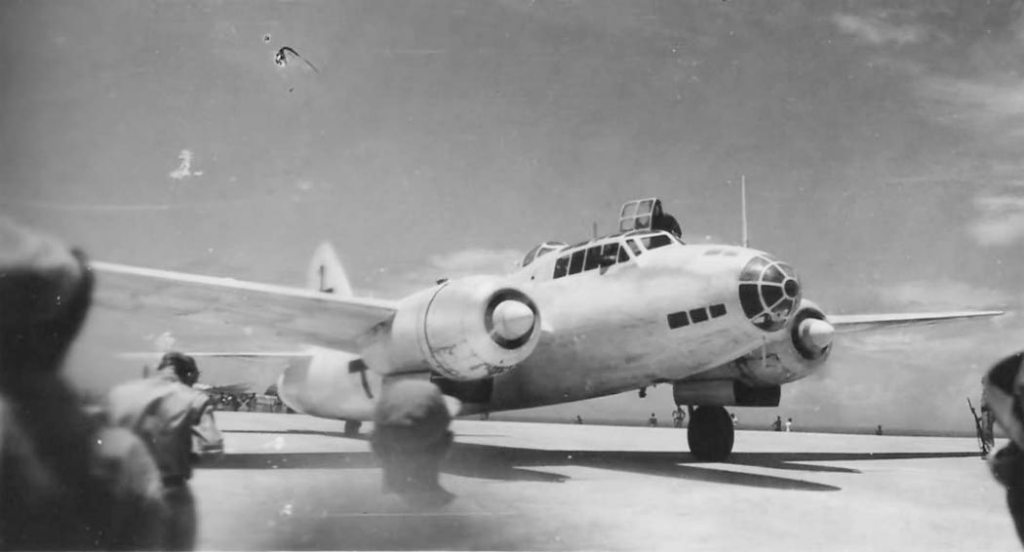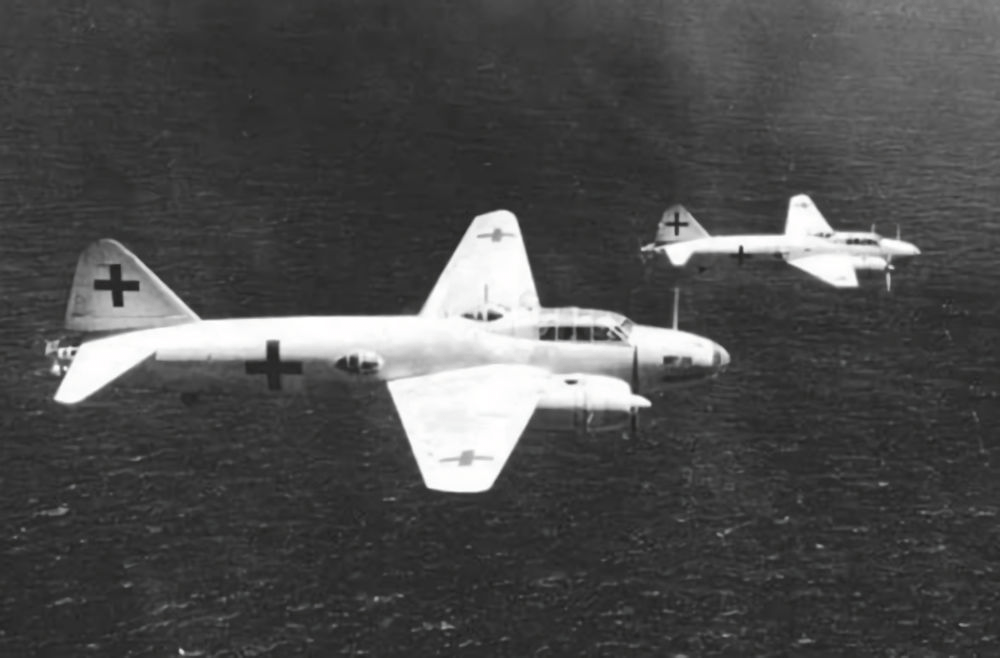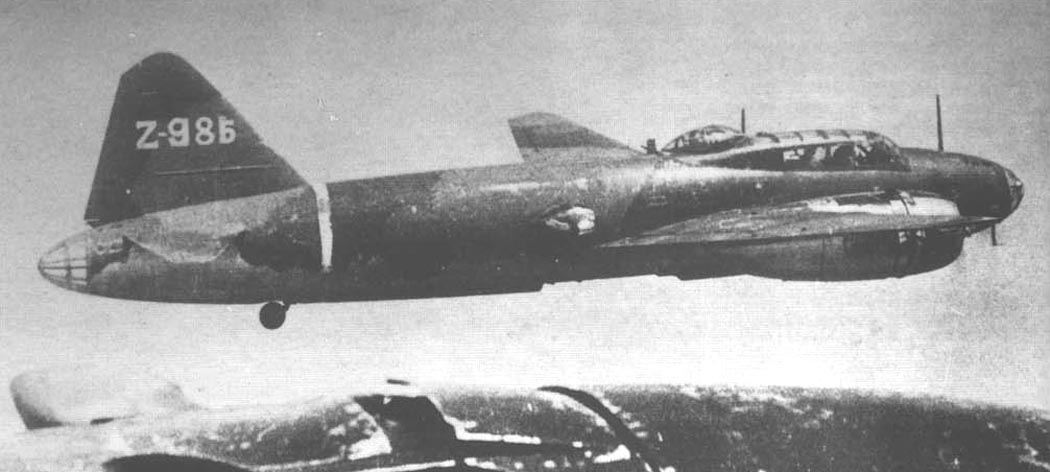The Mitsubishi G6M1 was an unusual Japanese wartime development, conceived as a long-range escort fighter derived from the Mitsubishi G4M “Betty” bomber. The project reflected the Imperial Japanese Navy’s recognition that while the G4M bomber had excellent range, it was highly vulnerable to modern Allied fighters once unescorted over enemy territory. A dedicated, equally long-ranged fighter was sought to accompany and protect bomber formations over the wide expanses of the Pacific.
The G6M1 was essentially a heavily modified G4M1 bomber stripped of its bombing role. The bomb bay was removed, and additional crew positions were installed to man a significantly increased defensive armament. The aircraft retained the same airframe and two Mitsubishi Kasei engines as the G4M.
The G6M1 proved unsuccessful for several reasons:
- Lack of Fighter Performance – The airframe was still that of a medium bomber, large and sluggish. Against agile Allied fighters such as the P-40, F4F Wildcat, or later the F6F Hellcat and P-38 Lightning, the G6M was easy prey. Its heavy armament did little to compensate for its inability to outmanoeuvre or outrun opponents.
- No Escort Flexibility – Unlike true fighters, the G6M could not engage enemy aircraft offensively or range out ahead of formations. It could only add defensive firepower, which meant escorting bombers gained little real protection.
- Operational Vulnerability – The added weight of extra crew and weapons reduced speed and range compared to the standard G4M, eroding the very advantage (long range) that Japanese planners had hoped to exploit.
- Tactical Misconception – The idea of a “gunship escort” had already proven flawed elsewhere; heavily armed bombers could not substitute for agile fighter escorts, as seen with similar failed concepts by other nations.
Conversion and Later Use
Recognising these shortcomings, the Japanese Navy quickly abandoned the idea of the G6M as an escort fighter after only a small number were built (around 30 aircraft). Most of the completed G6M1s were converted into trainers (G6M1-K) or transports (G6M1-L).
In this new role, the aircraft had its heavy armament removed. It could carry personnel, supplies, or perform liaison duties across long distances, where its range was still useful.
These converted transports were used throughout the war, often operating in rear areas or on special missions rather than on the front lines, since their size and lack of armour made them as vulnerable as the G4M bombers.
The G6M1-L2’s final mission involved transporting a delegation led by General Torashirō Kawabe from Kisarazu, Japan, to Ie Shima for surrender negotiations with General Douglas MacArthur. Two aircraft, designated Bataan 1 (a G6M1-L2) and Bataan 2 (a G4M1), carried out the task. Painted entirely white with green crosses replacing the Hinomaru, the codenames “Bataan” were chosen by MacArthur, referencing the Bataan Death March. After landing on Ie Shima, the delegation transferred to an American Douglas C-54 Skymaster and flew to Manila, Philippines, where MacArthur awaited.
